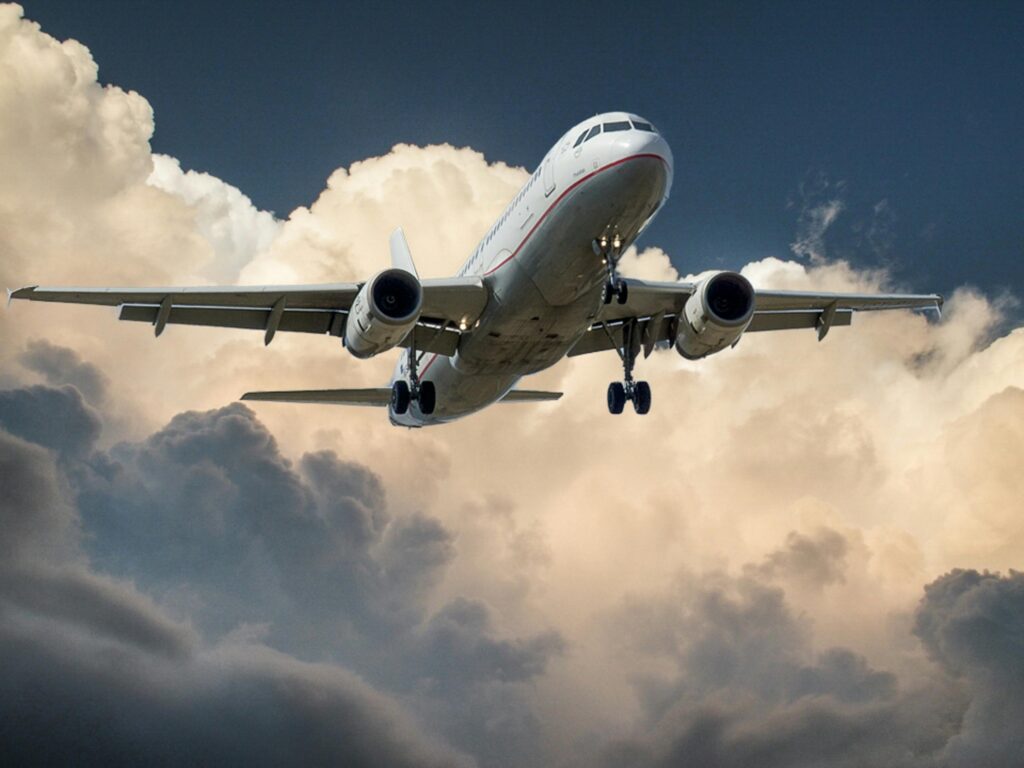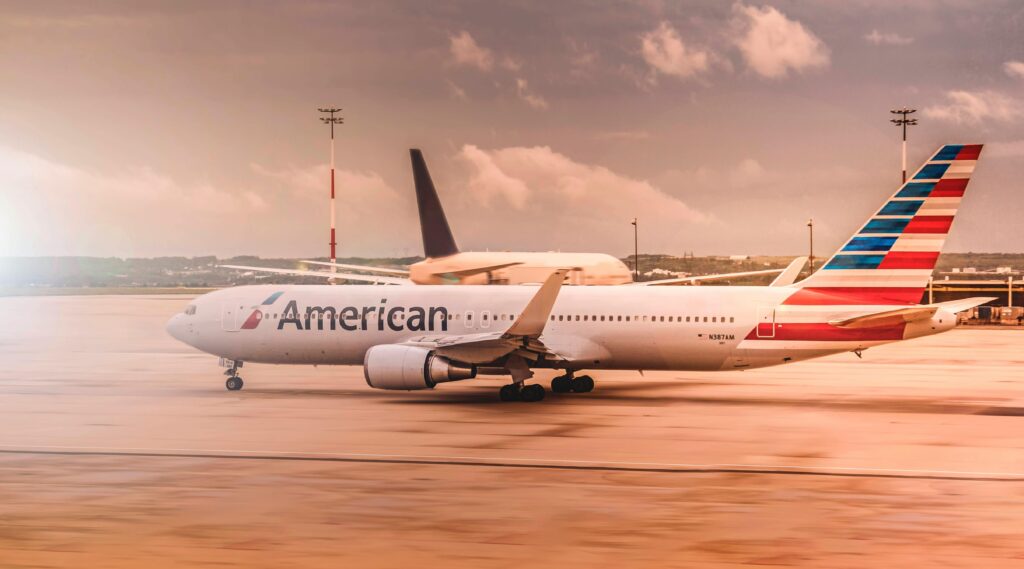Ever wondered how you can fly from a small town to a major city when big airlines don’t operate on those routes? That’s where regional airlines come in. These lesser-known carriers might not have the brand recognition of giants like Lufthansa or Emirates, but they’re crucial for keeping smaller communities connected.
In this guide, we’ll uncover everything you need to know about regional airlines: what they are, how they operate, and why they’re an essential part of the air travel ecosystem.
What is a Regional Airline?

A regional airline provides air transportation services to smaller places where major airlines don’t operate. These are usually short-haul flights that last less than three hours and often have around 80 or so passengers.
They play a key role in ensuring connectivity across smaller towns or cities and provide a quicker alternative to ground transport like cars or trains. However, due to the nature of regional flights, passengers may sometimes face challenges such as delayed or lost luggage. In such cases, it’s helpful to know your rights and seek compensation for delayed or lost baggage if needed.
How do Regional Airlines Work?
Before the Airline Deregulation Act of 1978 came into force, all major airlines had to operate direct-route flights that would fly point-to-point, often between two small hubs. Given that the flights between two smaller hubs were unlikely to be filled to maximum capacity, airlines ended up losing out on a great deal of revenue because most flights would commute half-empty.
The law primarily intended to remove restrictions on airlines in terms of domestic travel over the course of four years. After the Act’s enforcement, major airlines switched to operate as part of a hub-and-spoke system under a code-sharing agreement. A code-sharing agreement enables a larger airline to partner with smaller, regional airlines. The regional airline flies under the brand name of the largest airline (United Airlines or Delta).
As a result of this agreement, regional airlines “feed” passengers into the larger hubs from the smaller ones to connect them to international or long-haul flights. This is known as a feeder service. If any disruptions occur during these flights, such as missed connections, passengers could be eligible for missed connection compensation.
Regional Airlines: Independent and Contract Models
Regional airlines operate as part of two major models. These are the independent model and the contract model. They are explained in detail below.
- Independent Model – regional airlines operate as part of an independent model and operate short-haul flights under their brand, rather than that of another major airline.
- Contract Model – unlike the independent model, regional airlines that operate in a contract model agree to fly under the brand of a major airline. Take, for example, Endeavor Air, which operates under the brand name of Delta Airlines. These regional airlines typically transport passengers from smaller hubs to the major hubs that the mainline airline operates out of.
The contract model came about as a result of the Airline Deregulation Act of 1978.
List of Regional Airlines in the USA

Based on the two models mentioned above, you’ll find two types of regional airlines: those that fly under a mainline air carrier and those that are independent. Given below is a list of the biggest regional airlines that fall under both categories.
Mainline Carrier-Owned
Here’s a list of regional airlines that are owned by a major airline:
Alaska Air Group
- Horizon Air: Horizon Air is a wholly owned subsidiary of Alaska Airlines which pays, staffs, and maintains it. It’s headquartered in SeaTac, Washington, within the Seattle metropolitan area.
American Airlines Group
- Envoy Air: Headquartered in Irving, Texas, Envoy Air is a wholly-owned subsidiary of the American Airlines Group. It has the longest history of any regional airline with the American Airlines Group.
- Piedmont Airlines: Piedmont Airlines is a subsidiary of the American Airlines Group headquartered at the Salisbury Regional Airport in Maryland.
- PSA Airlines: PSA Airlines is headquartered at the Dayton International Airport in Dayton, Ohio. It’s named after the Pacific Southwest Airlines (PSA).
Delta Airlines
- Endeavor Air: Endeavor Air is a wholly-owned subsidiary of Delta Airlines, headquartered at the Minneapolis-Saint Paul International Airport in Minnesota.
Independent Contractors
The independent contractors mentioned below are partnered with other airlines but are not wholly-owned subsidiaries like the ones mentioned above.
- Air Wisconsin: Based out of Appleton International Airport in Greenville, Wisconsin, Air Wisconsin Airlines was founded in 1965 and performs flying services for American Airlines.
- CommutAir: CommutAir is a regional airline founded in 1989 and operates 1600+ weekly flights on behalf of United Express.
- GoJet Airlines: GoJet Airlines is a regional airline based out of Bridgeton, Missouri, and operates under the United Express brand of United Airlines.
- Mesa Airlines: Mesa Airlines is an American regional airline based in Phoenix, Arizona, and flies under the United Express brand of United Airlines. It recently ended its contract with American Airlines in 2023.
- Republic Airways: Republic Airways is a regional airline based in Indianapolis, Indiana. It has partnered with Delta Airlines, American Airlines, and United Airlines.
- SkyWest Airlines: SkyWest Airlines is a regional airline based in St. George, Utah. It operates flights for four partners: Alaska Airlines, American Airlines, Delta Airlines, and United Airlines.
The Role of Regional Airlines in Air Transportation
Regional airlines play a crucial role in the air transportation network. They bridge the gap between smaller hubs or airports to the global air travel network. They perform a few key functions that have been described below:
- Connecting Smaller Markets to Larger Hubs: Regional airlines provide air passenger services to communities in smaller regions and connect them to larger hubs so they can connect to international or other long-haul flights. As a result, they play a vital role in provide air transportation connectivity for almost two-thirds of North American airports.
- Enhancing the Network of Major Airlines: Regional airlines allow larger, mainline carriers to provide air transportation services to smaller communities by way of code sharing agreements. As a result, they help enhance a mainline’s carrier’s network. The use of smaller, short-haul flights to travel to smaller hubs also helps mainline carriers maximize their efficiency.
- Supporting Essential Air Service (EAS) Programs: Smaller airlines are often a part of government-sponsored programs such as the Essential Air Services. These programs are designed to subsidize air travel so those from smaller communities have greater access to the global air travel network.
FAQ
A regional airline is a classification of airlines that provides passenger services to smaller communities that don’t have sufficient demand to attract major airlines.
While domestic airlines operate within the borders of a country, a regional airline operates from a hub and feeds its mainline partner from smaller regions.
Porter Airlines was named the best regional airline in North America at the Skytrax World Airline Awards of 2024.
